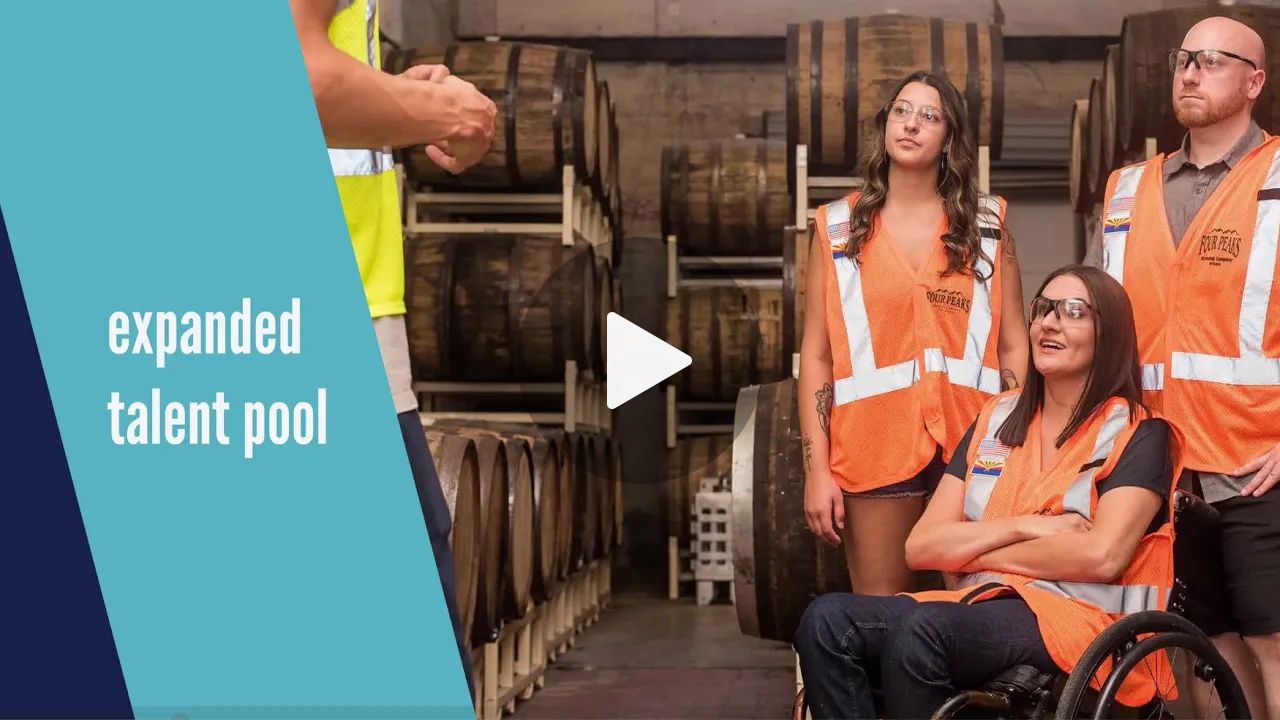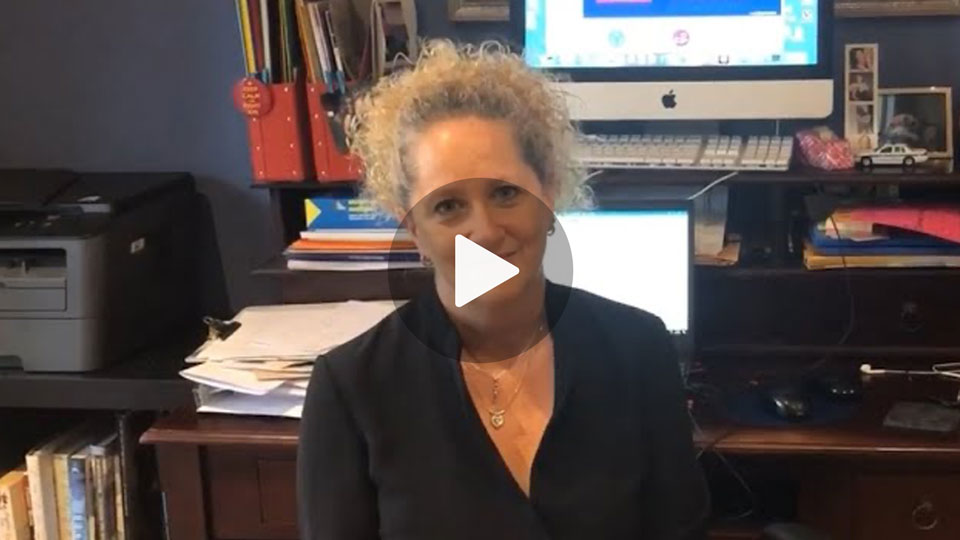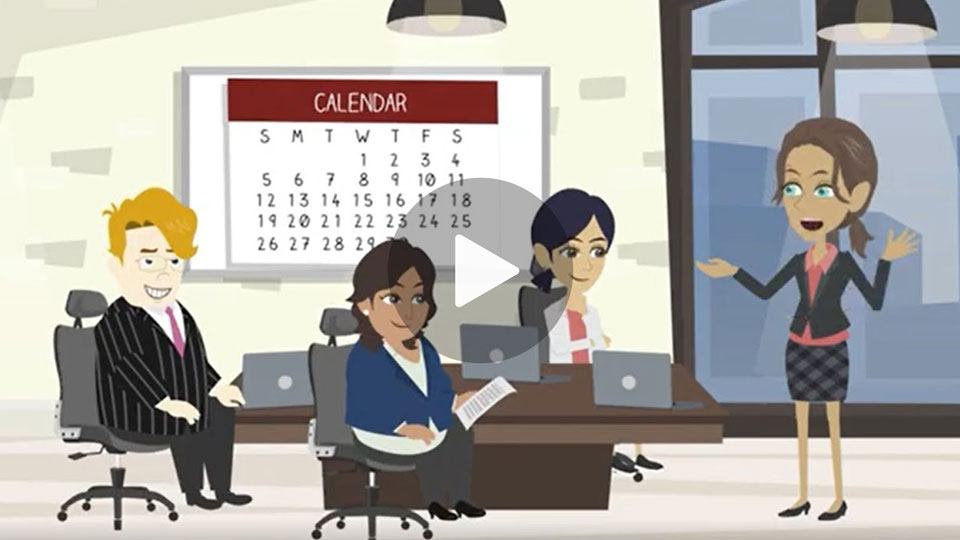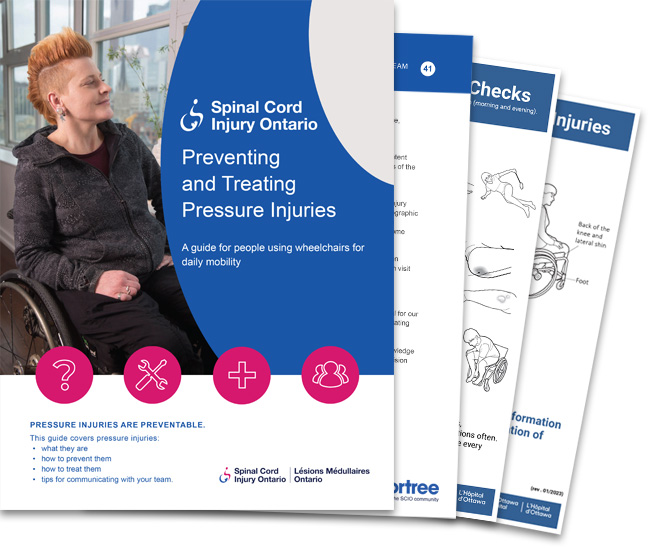Wondering how job carving works? This video is a short demo of the process, showing the steps and questions and employer can ask to understand an employees strengths. In the demo a job candidate named Chris meets with a hiring manager to talk about a job opening. The hiring manager is interested in creating a role that will leverage Chris’s skills and experience, while avoiding the travel and physical requirements that would be a barrier. Chris has never heard the term job carving before.
The hiring manager explains job carving – also known as job customization – involves assessing an employee’s skills and abilities, and matching those either to existing tasks and responsibilities or to new ones – and creating a new role. To align with the company’s needs and the skillset and abilities of employees living with a disability. It’s essentially a customized role, made up of tasks and responsibilities from a variety of roles.
Here are the steps:
- The hiring manager assesses the job candidate’s skills, abilities, goals, and limitations. This might involve interviews, vocational assessments, and discussions any relevant career experts. Then we’ll work together to identify the tasks, functions, and work environments that align with those skills, strengths, goals and experiences we’ve identified.
- Next the hiring manager analyzes existing job roles within the organization or industry to identify tasks or responsibilities that can be carved from existing specialized roles and modified or tailored to fit the candidate’s abilities, and a new role. The job carving assessment process also helps identify any current or future skills gaps the organization may have across all of their departments.
- Once the new customized role has been developed, the hiring manager and job candidate work together to determine if any new workplace accommodations are required. They may also collaborate with disability service providers and occupational therapists to determine the most appropriate accommodations.
Once job carving has been implemented, regular evaluations should assess the effectiveness of the modifications, make any necessary adjustments, and ensure the continued effectiveness of the customized job role.
Each person and job carving scenario is unique, and these steps may require flexibility and adaptation based on specific circumstances and the nature of the employee’s disability. That’s why we believe it’s crucial to involve the employee or candidate, their support network, and relevant professionals throughout the process to ensure a collaborative and successful job customization experience.
To learn more about job carving and disability employment strategies visit accessiblework.ca.





